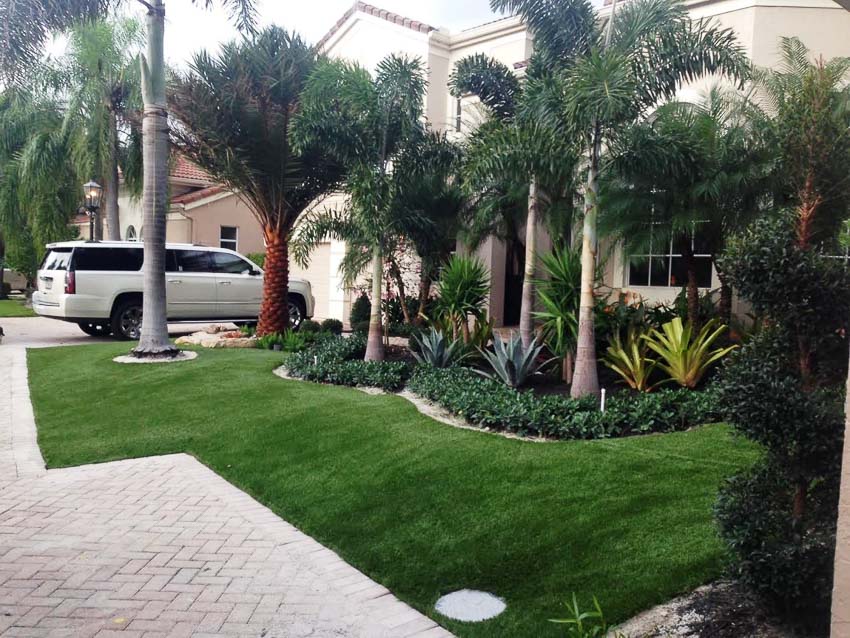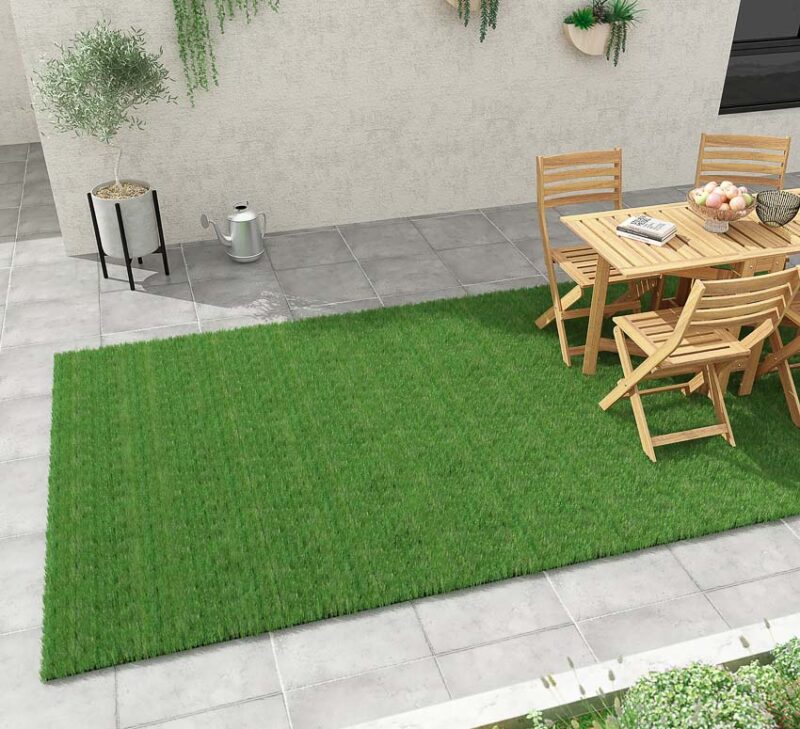Everyone loves a gorgeous, green lawn, but it’s a luxury that strains the pocketbook every year. With environmentally friendly alternatives like artificial grass, it can be hard to justify the maintenance expenses associated with a real lawn. Find out how much you can save with this artificial grass cost, installation, and maintenance guide.
Why Artificial Grass is Gaining Popularity
As more people become environmentally conscious, artificial lawns are gaining popularity. The quality of artificial grass has come a long way since its first application in 1964.
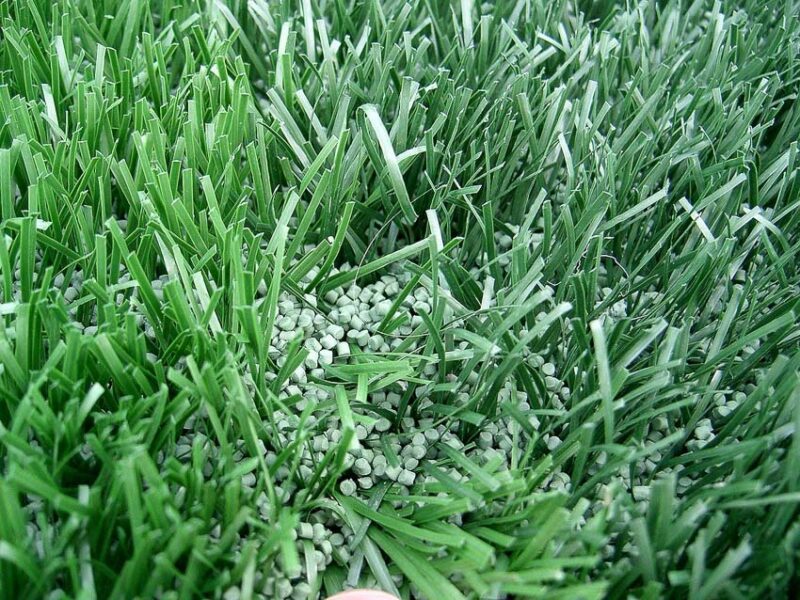
Even in the last twenty years, innovations in the manufacturing process of artificial grass have made it look and feel like natural grass.
Low-Maintenance Landscaping
Not everyone is a DIY yard enthusiast who enjoys landscaping maintenance, and if you’re paying for lawn service, it can add up fast. People living in areas with long growing seasons pay several thousand dollars annually just to maintain their lawns.
Artificial grass is low-maintenance, so you’ll save time and money. With an artificial lawn, you can enjoy all the good things that grass lawns offer without the headaches.
Here is a list of the maintenance chores you can say goodbye to when you install an artificial grass lawn:
- Mowing and trimming
- Watering
- Fertilizing
- Weed control
- Insect and fungus control
- Aeration
- Dethatching
Artificial grass is also cleaner, which means you’ll track less yard dirt and debris into your home.
Water Conservation and Eco-Friendliness
Artificial grass is an eco-friendly alternative to real grass, so you can feel good about doing your part for the environment. Compared to growing a real lawn, artificial grass practically eliminates the need for water; and you can completely do away with harsh chemicals like synthetic fertilizers, herbicides, and pesticides.
The Cost of Artificial Grass
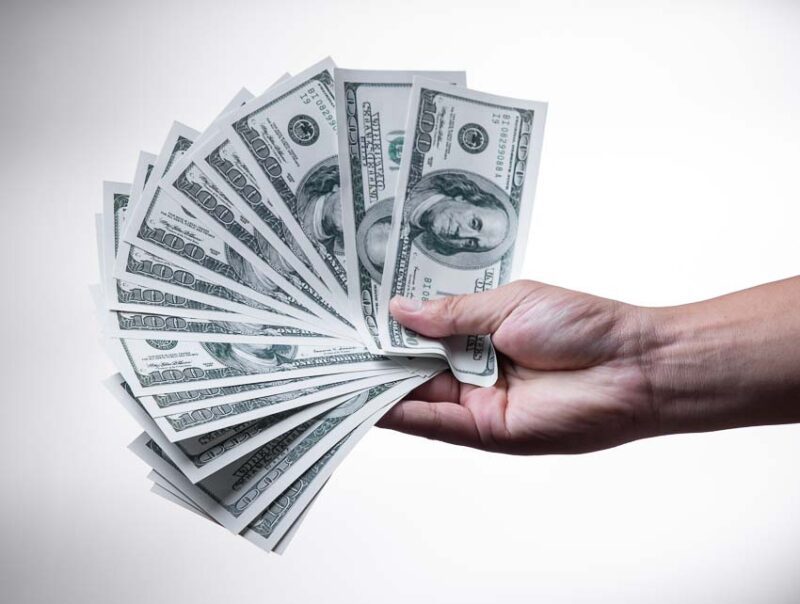
Artificial grass costs vary widely depending on the cost of artificial grass and the quality of the installation.
Factors Affecting Artificial Grass Cost
How much does artificial grass cost?
Overall, artificial grass has improved dramatically since the 1960s, but the quality of the materials and the size of your yard will determine the final cost.
Quality and Material
Material is the biggest factor affecting the cost of artificial grass.
With proper care, artificial lawns will last up to 20 years if an experienced professional installs high-end synthetic turf. On the other hand, low-end products can wrinkle and fade after only a few years in extreme heat conditions.
Quality affects more than the longevity of an artificial lawn, though. High-end artificial grass looks and feels like real grass. The extra expense is worth it if you want your lawn to look good and have pets and children that spend a lot of time playing outside.
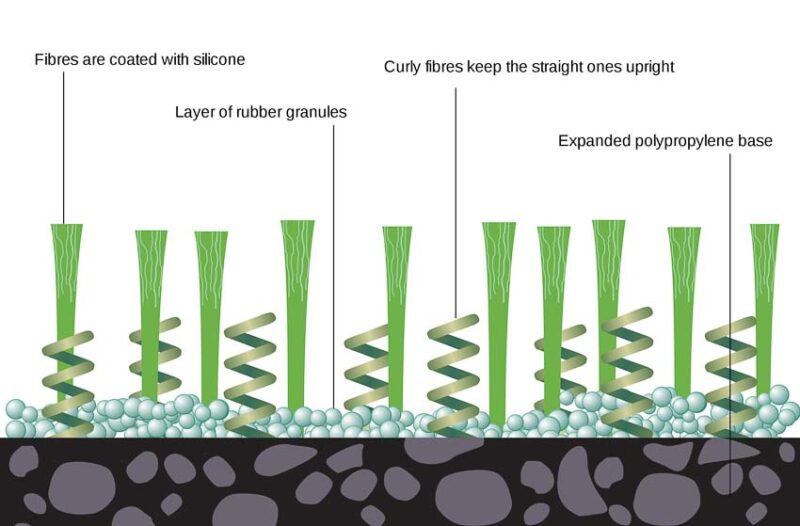
Types of Artificial Grass
All artificial grass is made from synthetic fibers. The three types of artificial grass are polypropylene, polyethylene, and nylon, and they range in price from $2 to $20 per square foot.
Polypropylene –Typically costs between $2 and $3 per square foot. High-end polypropylene turf is available for up to $6 per square foot. It’s thin and soft and has a high melting point. Because it doesn’t absorb moisture, it’s an excellent option if you have pets. On the downside, polypropylene is less resilient than nylon in terms of tolerance to heat, foot traffic, and UV rays.
Polyethylene –Typically costs between $2.50 and $4 per square foot. Polyethylene is the most common product used to manufacture artificial grass. Grass made from polyethylene looks real and resists moisture, making it the best option for people with pets. In addition, high-end polyethylene grass contains UV stabilizers that provide protection from the sun.
Nylon –Typically costs between $5 and $6 per square foot, with low-end options costing as little as $3. Premium nylon artificial turf is priced as high as $20 per square foot. Nylon has greater resistance to UV rays and heat than other synthetic fibers used for artificial grass, making it less likely to fade or melt.
Nylon resists abrasion, so it holds up to foot traffic better. However, it’s the best material for playing on, and it is infamous for causing turf burn. It also absorbs more moisture than polypropylene and polyethylene, so it’s not the best option for pets.
Pile Height and Density
Similar to carpeting, factors like pile height and density affect artificial grass cost. Artificial grass height varies, with pile options in half-inch increments, from 0.5 to 2.5 inches. Typically, the taller the pile height, the denser the sod is, and the more expensive the product is.
High-quality nylon sod costs more than other types of artificial grass due to its dense pile and lush, tropical look. With a soft cushiony pile, artificial lawns are more comfortable to use.
Size of the Area to be Covered
Since they sell artificial grass by square foot, the size of your yard will be a significant factor in the overall cost of your project. Artificial grass commonly comes in rolls 12-15 feet wide and up to 100 feet long. You can purchase it by the roll or cut to length.
Since seams can cause problems in artificial lawns, it’s best to avoid them whenever possible.
Price Range for Different Types of Artificial Grass
When choosing the best artificial grass for your yard, it helps to understand the price range for different types. Then, choose the best type for your intended use and budget.
Basic Artificial Grass
Best for putting greens, rooftops, balconies, and patios
Basic artificial grass is usually made from polypropylene, which is the least expensive option. Polypropylene is the best artificial grass for putting greens, which are the shortest artificial lawns at less than ½” tall.
Basic artificial grass is also suitable for balconies, which have less foot traffic than other applications, and you can get away with using a less expensive product. High resistance to mold and mildew makes polypropylene an excellent choice for patios.
Mid-Range Artificial Grass
Best for playgrounds and dog runs
Mid-range artificial grass made from polyethylene is an excellent choice for playgrounds because it’s the softest artificial grass, and children won’t get hurt when they fall on it. It has the most moisture resistance, which makes it the best choice for dog runs, kennels, and backyard play areas for pets.
Premium Artificial Grass
Best for long-term applications, regions with increased UV radiation, and high-traffic areas
When you live in an area with intense UV radiation and heat, your artificial turf grass takes a beating, especially during the summer. That’s when you need premium artificial grass made from nylon.
Premium nylon sod will hold up better to UV rays and heat. It will hold its color and resist foot traffic, and you can expect premium artificial grass to last up to 20 years when it’s well cared for.
How to Install Artificial Grass
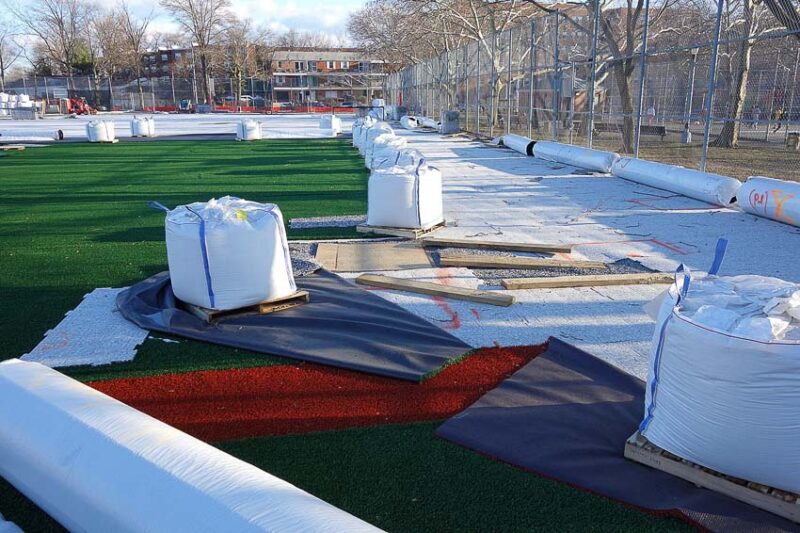
Installing artificial grass can be tricky, but with some basic DIY skills, the proper tools, and this step-by-step guide, you can save thousands of dollars by doing it yourself.
DIY Artificial Grass Installation
There are a lot of similarities between laying a carpet and installing artificial grass. Use the proper tools and techniques to avoid common mistakes like creases and improper drainage.
Required Tools and Materials
- Crushed rock
- Bender boards
- Artificial turf cutter
- Wheelbarrow
- Shovel
- Rake
- Utility knife
- Tape measure
- Hammer
- Roller
- Weed membrane
- Landscape nails or staples
- Seam tape
- Artificial grass glue
- Grass pins
- Infill
- Artificial grass
Step-By-Step Guide
- After excavating your existing grass, bury bender board edging around the perimeter of your lawn, leaving at least 1.5 to 2 inches above the ground. The bender board is flexible enough to contour any lawn shape and can be secured in place with 12-inch stakes placed approximately 3 feet apart.
- Compact the ground with a roller or compactor. After laying the crushed rock, you’ll use this equipment to compact the base again.
- Artificial lawns require a firm foundation with good drainage. Fill the entire lawn area up to the top of the bender board. For best results, use crushed rock to lay a Class II substrate base.
- Level the base and ensure proper drainage away from buildings. Use a roller or vibrator compactor to compact the base. Ensuring a completely level base is easier if your bender board perimeter is level.
- Place the weed barrier fabric or membrane on the base, overlapping seams by about six inches. Secure the edges with non-galvanized flathead nails.
- Lay the artificial grass. Artificial grass has a directional pile, which all needs to face the same way. It looks more natural facing toward your house. Leave extra at the ends when you cut them because if your pieces are too short, you’ll end up with gaps. You can trim the edges later or tuck them behind the bender board. Use a knee kicker for installing carpets to stretch the artificial grass, then tack the edges into place with landscape nails or staples.
- Allow your lawn to settle overnight before finishing the seams and adding infill.
- If your lawn requires seams, use high-quality glue and seam tape. Follow the instructions on the package to get a secure, invisible seam. For easy seams, use 12”-wide seam cloth and glue.
- Use grass pins to pin the artificial lawn in place. Space pins every 12” at the seams. Use approximately 100 pins for every 1,000 square feet.
- Add infill to prevent premature wear and tear and to avoid odor problems. There are several types of infill to choose from, including odor-resistant infill for pets.
Benefits of Hiring a Professional
There are many ways to screw up a DIY artificial grass installation. When you hire a professional, it costs between $6 to $19 per square foot for materials and labor to have an artificial lawn installed for you.
These are some benefits of hiring a professional:
- Professional installations are quick and efficient.
- You can get recommendations to help you choose the best type of artificial grass.
- Drainage problems are expertly handled.
- Professional installations often hold up better over time.
- Many professionals offer warranties for their work.
- Finding a reputable installer
- Depending on where you live, there may be several professionals in your area that can install artificial grass. If you need help, try searching for them online. Then, read testimonials and reviews, and research the company before proceeding with a contract. Ask prospective companies if you can talk to past customers or look at some of the work they have done. If they are a reputable company, they’ll be more than willing to share their work with you and answer any questions you have.
Cost to Install Artificial Grass
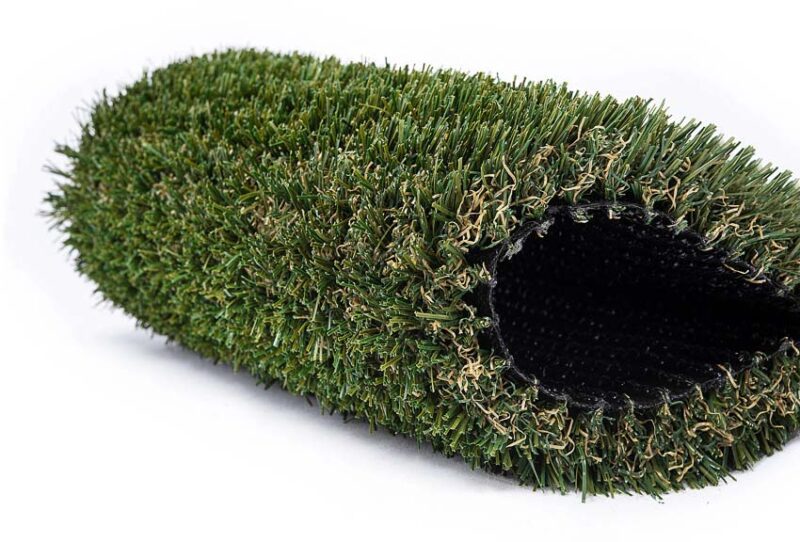
Whether you install your artificial lawn yourself or hire a professional to do it, there is more to the final cost than the square foot cost of the artificial sod.
DIY Installation Costs
While you’ll save on labor costs by DIYing your artificial lawn installation, you’ll incur other costs like equipment rentals that are hidden in professional quotes. Don’t overlook these costs if you’re trying to decide if a DIY job is worth your time.
Tools and Supplies
Here are the costs associated with the following tools and supplies used for installing artificial grass:
| Materials, tools, and supplies | Cost | Description |
| Bender board and stakes | $0.80 to $1.25 per linear foot | Poly board landscape edging is optional, but it ensures a robust installation. Use a 1” bender board for the best results. |
| Rent a roller or compactor | Daily rates are from $200 to $550, and weekly rates start at $600 | If you’re unsure how long your project will take, rent the equipment by the week instead of by the day. |
| Class II Rock Base | $0.50 to $4.00 per square foot | Class II bases are also used for roads and parking lots. Costs vary depending on the availability and type of material used. |
| Weed membrane underlay | $0.08 to $0.11 per square foot | Allows water to permeate, but weeds will be blocked. If your lawn is for pets, avoid using weed membranes. |
| Artificial grass | $2 to $20 per square foot | Price varies by type and quality of construction. |
| Carpet knee kicker tool | $50 to $120 | It’s worthwhile to purchase a tool for this and other DIY projects rather than renting. |
| Non-galvanized flat head nails and landscape nails or staples | $10 to $20 | The total cost depends on the size of your lawn. |
| 6” heavy-duty grass pins | $25 per bag | 300 per bag. Use 100 per 1,000 square feet of lawn. |
| Seam cloth | $8 per roll | 1’ x 20’ roll, easy DIY seams, glue sold separately. |
| Seam glue | $28 per gallon | Use indoor/outdoor carpet and artificial grass glue. |
| Zeolite infill | $1.10 per pound | Use 1.5 to 3 pounds per square foot of turf. The price of infill varies by type. |
| Artificial grass rake | $40 | For spreading infill during installation and weekly grooming to keep your lawn looking fresh. |
Time Investment
The amount of time it takes to install artificial grass depends on how large your lawn is and how much help you have. Small areas can be finished within a day, but most lawns take 1 to 3 days.
Professional Installation Costs
Artificial grass installation costs vary in different regions and may include additional services.
Labor Rates
Labor rates vary depending on your region, and they are usually higher in urban areas. Expect to pay about $3 to $5 per square foot for labor, with more experienced crews charging higher rates than crews with less experience.
Take into account that professional installation costs also include company overhead and other business expenses.
Additional Services and Fees
Installing an artificial lawn may require additional services like tree stump removal and pruning. While upgrading your lawn with artificial grass, you may also add new hardscaping features to your yard, such as a deck, patio, pergola, or gazebo.
It’s also a good time to add flower beds and plant shrubs.
Artificial lawns conserve water; if you want to save even more, you can try xeriscaping your yard. By planting native and drought-tolerant plants with your new artificial lawn, you can have a great-looking yard that doesn’t require watering.
Frequently Asked Questions About Artificial Grass Cost
How Much Does Artificial Grass Cost Per Square Foot?
The cost of artificial grass ranges from $2 to $20 per square foot, with the average prices falling between $2 and $6. Installation costs are not included in the price per square foot and will cost an additional $3 to $5 per square foot.
Is Artificial Grass a Good Investment for My Property?
Artificial lawns, which cost anywhere from $1,300 to $14,000 to install, can be a good investment for your property. Artificial grass lasts 10 to 20 years if properly cared for, and it will pay for itself in five years or less.
Often, you have to mow lawns 40 times per year at an average cost of $125 per mowing.
How Long Does Artificial Grass Last?
How long your artificial grass lasts depends on the quality of the sod, the application, and where you live.
When properly maintained, a premium artificial lawn will last 20 years, but a basic artificial lawn can start fading in just a few years in an area like Arizona with long, hot summers.
Can I Install Artificial Grass Myself to Save Money?
If you have the right skills, you can install artificial grass yourself to save money. Learn from other people’s mistakes and avoid common errors that result in problems like weeds, creases, bubbles, improper drainage, and seam gaps.
What is the Maintenance Cost of Artificial Grass?
For residential use, maintaining an artificial lawn is inexpensive compared to real grass.
Most of the maintenance involves cleaning, which you can do yourself by gently brushing and hosing it down once a week. A leaf blower is all you need to remove debris from trees and shrubs, and you may need to apply weed killer in a few places if you have weeds pop up at the edges of your lawn.

